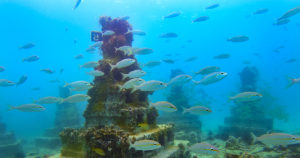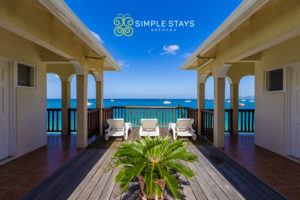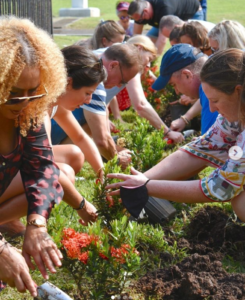Sustainable Tourism
Sustainable Tourism
The government of Grenada has initiated a number of sustainability and resilience programs. They include:
- National Biodiversity Strategy and Action Plan
- National Capacity Self-Assessment
- National Climate Change Policy
- Pilot Program on Climate Resilience
- Sustainable Land Management Policy
- National Hazard Mitigation Policy
- National Environmental Management Policy, Strategy and Action Plan.
In 2018 Grenada’s Ministry of the Environment mandated the Non-Biodegradable Waste Control Act to ban polystyrene (Styrofoam) and single-use plastics such as shopping bags, plastic utensils, plates, straws and cups.
The Grenada National Trust, whose mandate is to protect Grenada’s cultural, architectural, and natural heritage, produced the Grenada Heritage book in 2020, which serves as a documentary record of heritage and history of historical buildings, landscapes, and memorial places of the islands.
Grenada has made a request to UNESCO for the St. George Historic District / Fortified System to be recognized as Cultural World Heritage sites.
Grenada’s National Parks, Forests, Reserves and Marine Parks:
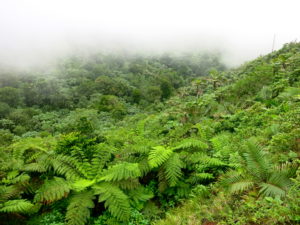

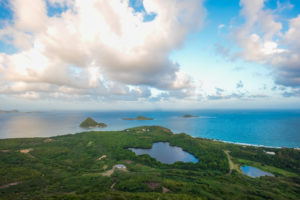

The Mount Hartman National Park / Dove Sanctuary is a unique area on the island with over 150 acres of dry forest woodlands and mangroves. Intended as a ‘birding’ paradise, this park is home to the last remaining endemic Grenada Doves.
Carriacou’s High North Nature Reserve / National Park is home to a wide variety of flora and fauna and offers spectacular panoramic views of Carriacou and Grenada and nearby Grenadine Islands from the island’s highest peak.
Molinere Bay / Molinere Marine Protected Area encompasses a portion of the west coast including Flamingo Bay, Dragon Bay and Molinere Point. The area contains healthy coral reefs and a diversity of marine life as well as the famous Grenada Underwater Sculpture Park.
Carriacou’s Marine Protected Area encompasses the coastal waters from Tyrell Bay, around Sandy Island and Mabouya Island. These waters are cherished for great snorkeling and diving.
Grand Anse Reef Regeneration Project (GARRP)
